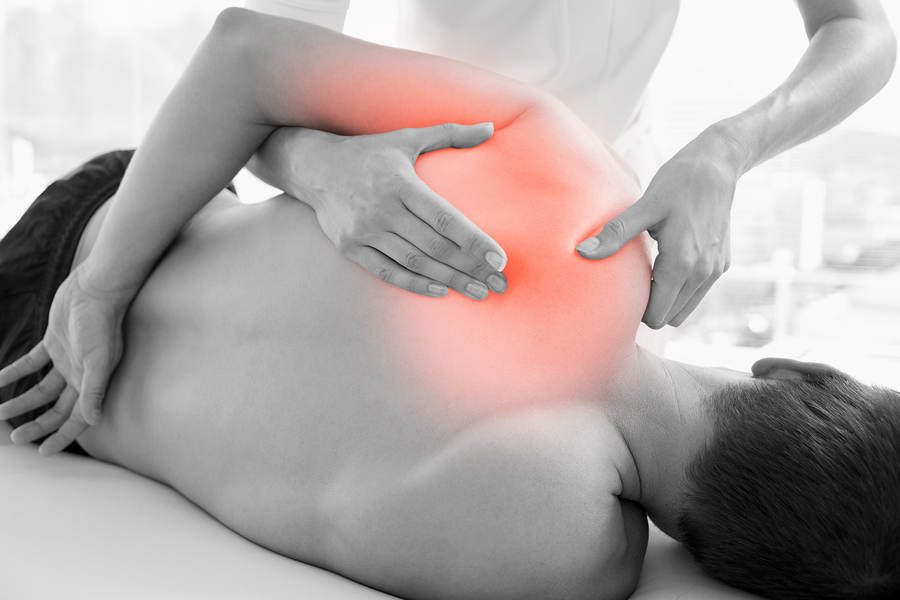Does Not Taking Pain Medication Make You a Hero?
/By Crystal Lindell
There’s a deeply ingrained belief in American culture that suffering is both cleansing and healing. It’s likely connected to the widespread mythology about the American Dream: With hard work, you can achieve anything – emphasis on the “hard.”
If it’s easy – or even just easier – something must be wrong, and maybe even immoral. In other words, if you’re not in pain, you’re not gaining.
This belief, sadly, has even permeated healthcare in a number ways. Many doctors act as though suffering is the point when it comes to certain ailments that we’ve moralized, like weight loss, substance use, mental health, and of course, pain.
This thought process has also seeped into the general population, like a virus. I’ll often hear people brag that they didn’t need any of their prescribed pain medication after a surgery – as though that’s some sort of achievement.
I’ve also heard patients with chronic ailments imply their own superiority by making it clear that they almost never take pain medication – as if that makes them better than the patients who need it.
But suffering, in and of itself, does not make you a hero. Denying yourself medication that helps you is not some sort of gold-star achievement. You don’t get a medal because you endured more pain than everyone else. You just get, well, more pain.
If you truly don’t need your pain medication, then obviously you don’t need to take it – but it’s not something to brag about.
Especially because one day, as you grow older and your body deteriorates, you may find that you actually do need the very medication you thought you were a hero for avoiding. Then you’ll have the added battle of unpacking all the shame you’ve internalized about using it.
The last thing anyone with pain needs is another battle.
Pain medications aren’t just for comfort either, and avoiding them out of some moral obligation can quite literally be dangerous to your health. In acute care situations, like post-surgery or after a bone break, you need them so that your body can focus its energy on healing. They also allow you to move more so that you can avoid post-op complications like pneumonia.
Pain medications are also vital for chronic pain conditions. They help patients maintain their physical health, stay independent, and even do things like work and household chores. Pain meds also make it possible for us to love, laugh and socialize, just like healthy people do.
Beyond that though, your body was not designed to endure pain every single day. If you don’t treat pain, it will start to impact your brain, and more urgently, your sleep. Without good sleep, your health will deteriorate.
Ultimately, there is no reward for “pushing through it.” Pain and suffering will not make you a better person. In fact, they are incredibly dangerous. So if you need opioid medication or some other pain reliever, you should take it.
And if you don’t need it, there’s no reason to brag about it. Pain won’t make you a hero. Only compassion can do that.
















